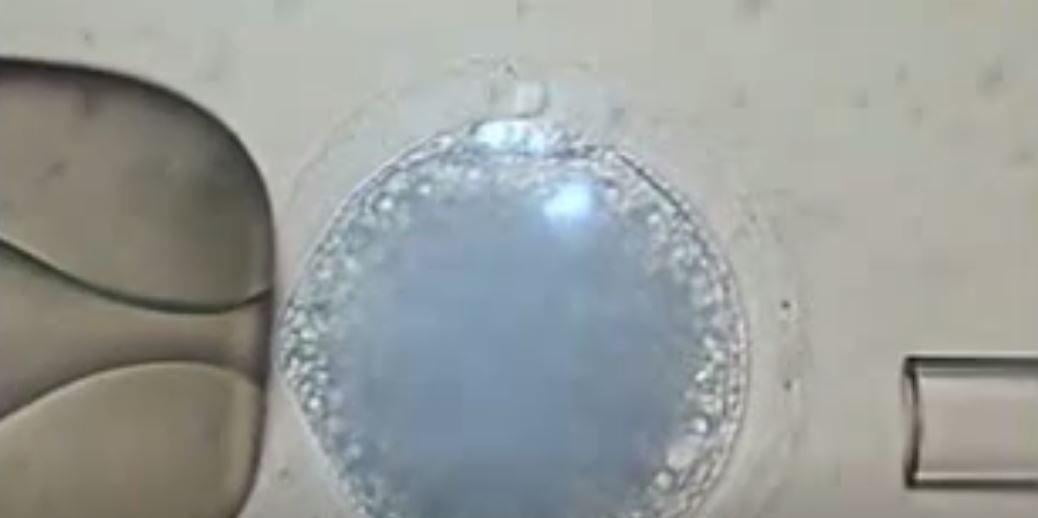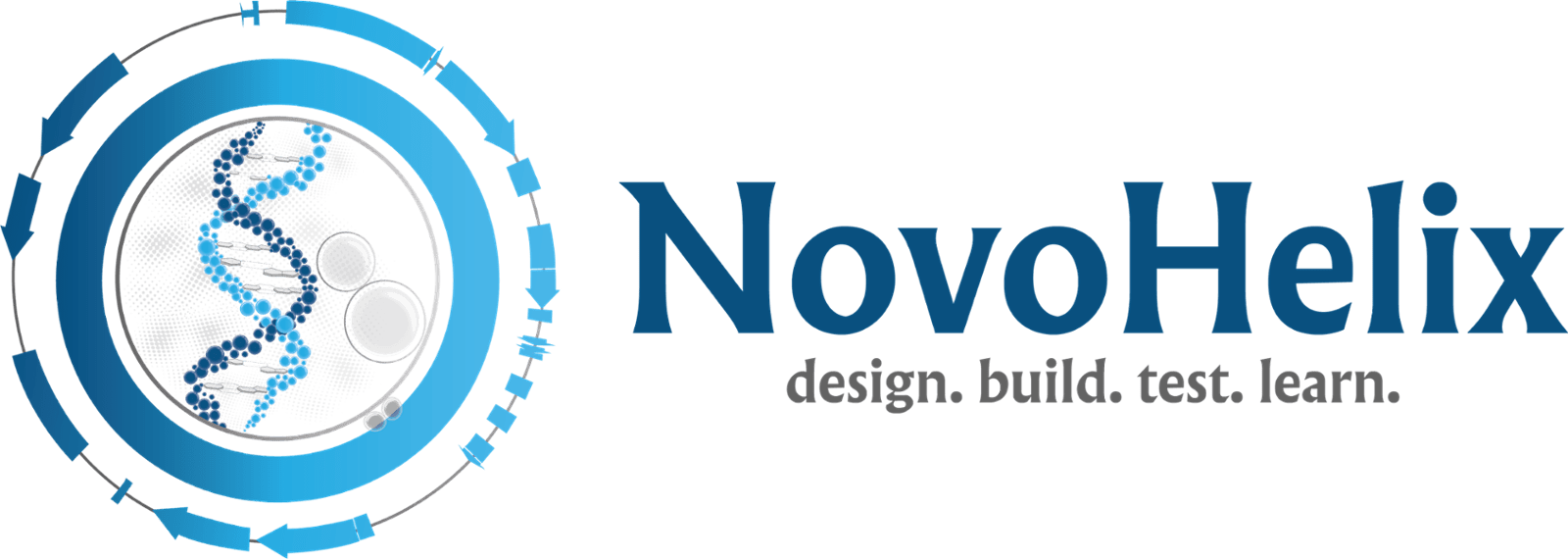livestock models

Service
Catalog Nr
Service Description
Timeline
Deliverables
Pricing
Service
Catalog Nr
Service Description
Timeline
Deliverables
Pricing
- Gene editing activity testing
- Format - cell-based transfection
- Assay - T7 endonuclease I/Cel-II/Surveyor
7-10 days
Gene editing activity of up to 6 guide RNAs
- Gene editing activity testing
- Format - cell-based transfection
- Assay - genetic reporter & flow cytometry
NovoHelix offers a gene editing service to help clients test their CRISPR tools including guide RNAs, high-performance mutant Cas proteins and base editors in plasmid DNA or RNP formats. A representative cell line will be transfected in triplicate and results will be generated by a fluorescent reporter assay and flow cytometry.
7-10 days
Gene editing activity of up to 6 guide RNAs
2-4 days
genotyping protocol
Service is for design and cloning of up to 6 guide RNAs for 1 target locust.
7-10 days
6 guide RNAs in plasmid vectors
7-10 days
6 guide RNAs ~ 500 ng/ul --- RNA format
please click the link below for model generation custom quote request


